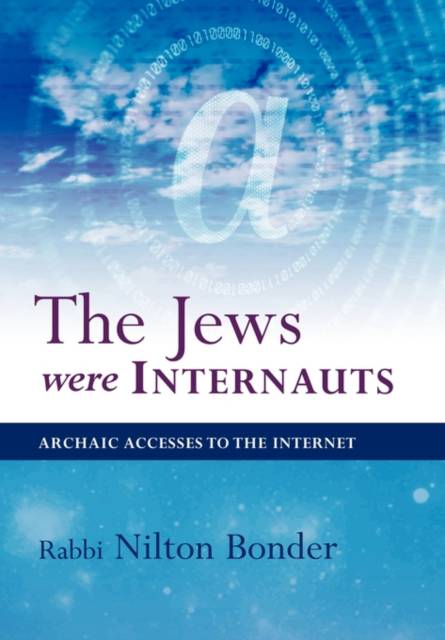
- Retrait gratuit dans votre magasin Club
- 7.000.000 titres dans notre catalogue
- Payer en toute sécurité
- Toujours un magasin près de chez vous
- Retrait gratuit dans votre magasin Club
- 7.000.000 titres dans notre catalogue
- Payer en toute sécurité
- Toujours un magasin près de chez vous
17,95 €
+ 35 points
Format
Description
This book brings together the two major aspects of the Jewish myth - the people of the Book and the wanderer - to present an ancient concept of virtual reality. Drawing from Jewish mystical teachings, it speculates on possibilities to transcend reality by the use of special media. The longest exile in human history was responsible for shaping innovative prospects on linkage and space. Metaphors springing from the advent of widespread computer and Internet use offer new ways to understand rabbinic strategies for bonding in the lack of community and territory. They were able to devise means that can bring two or more places to be in the same site. Or as it was then called: "Jumping the Path".
In this piece of archeological science fiction, Rabbi Nilton Bonder connects traces left in the past of a sophisticated concept of "web". This is a book about the birth of the notion of the "net" and the first attempts of being together, without necessarily being in one place. It is a book about the possibility that much more lies between illusion and reality, than we might suppose.
In a time when science was not capable of fostering imagination on the marvels of the universe, it was due to religion to manifest human speculations on wonder and awe. Nilton Bonder brings Jewish mystical texts and traditions of ancient times that can be better understood with our tools of communication and media such as the computer or the internet.
Was there a Windows 1751?
Were priests and prophets able to devise the principle of a "net"? Of a CWW, a Cosmic Wide Web?
Why was the ancient fiction interested not on "Time Travel", but "Space Travel", or as they called it, "Jumping the Way"?
From where could they have derived a concept of "virtual reality"?
What are the connections between "virtual reality" and the Messianic ideas as well as the Resurrection of the Dead?
These and some other fascinating questions are dealt in this book around mystical consideration on media and space.
In this piece of archeological science fiction, Rabbi Nilton Bonder connects traces left in the past of a sophisticated concept of "web". This is a book about the birth of the notion of the "net" and the first attempts of being together, without necessarily being in one place. It is a book about the possibility that much more lies between illusion and reality, than we might suppose.
In a time when science was not capable of fostering imagination on the marvels of the universe, it was due to religion to manifest human speculations on wonder and awe. Nilton Bonder brings Jewish mystical texts and traditions of ancient times that can be better understood with our tools of communication and media such as the computer or the internet.
Was there a Windows 1751?
Were priests and prophets able to devise the principle of a "net"? Of a CWW, a Cosmic Wide Web?
Why was the ancient fiction interested not on "Time Travel", but "Space Travel", or as they called it, "Jumping the Way"?
From where could they have derived a concept of "virtual reality"?
What are the connections between "virtual reality" and the Messianic ideas as well as the Resurrection of the Dead?
These and some other fascinating questions are dealt in this book around mystical consideration on media and space.
Spécifications
Parties prenantes
- Auteur(s) :
- Editeur:
Contenu
- Nombre de pages :
- 124
- Langue:
- Anglais
Caractéristiques
- EAN:
- 9781426935701
- Date de parution :
- 17-07-10
- Format:
- Livre broché
- Format numérique:
- Trade paperback (VS)
- Dimensions :
- 152 mm x 229 mm
- Poids :
- 190 g







